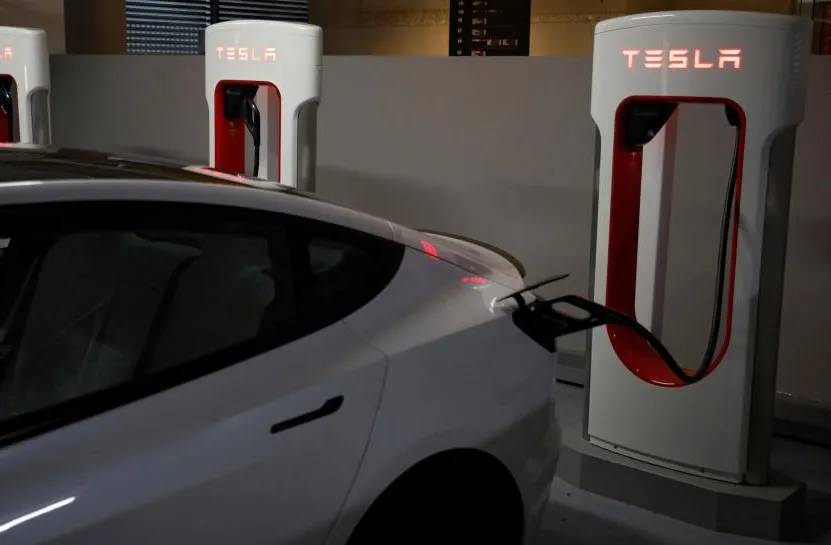Tesla opens its Supercharger network to other electric cars in Canada
Tesla’s plan to open up Superchargers now extends to Canada after the government revealed the company will open access to some of its existing Supercharger network to other brands of electric cars. The effort will begin later this year on a test route between the capital, Ottawa, and Sudbury. By the end of 2025, 750 stations will be opened, of which “at least” 350 will be 250 kW supercharged. This performance is remarkable given the focus on long-distance travel – the Charger’s open route includes a major trans-Canada highway that runs between Ottawa and Calgary.
This announcement is related to the plan to make electric chargers more accessible in the country. The government is working with partners to help install nearly 3,000 electric chargers in residential buildings, offices, public spaces and mixed-use. Most of them (1,908) are modest Level 2 chargers, but this includes 100 Level 3 chargers. The funding will be used for five ongoing projects that will install up to 1,328 electric car chargers.
The Canadian news comes as Tesla promises Ford EV drivers 12,000 Superchargers in North America starting in spring 2024. Ford is also moving to Tesla’s open source charging port standard for its 2025 model year cars. This is in addition to previous efforts to open Superchargers in the US and Europe. While this isn’t universal, it can be reassuring if you want a non-Tesla EV but are concerned about inconsistent charger quality.
Canada isn’t a major EV hub like the US or China, but it’s taking steps to make itself a cornerstone of the industry. Volkswagen is building North America’s first electric car battery factory in southern Ontario. The Stellantis EV battery maker deal is uncertain, but could have an impact if it goes through. Adding to the country’s current car manufacturing base, it could play an important role in the future. Not that the nation has much of a choice – if it’s going to ban the sale of internal combustion engine cars by 2035, it needs to increase demand for electric vehicles beforehand.




